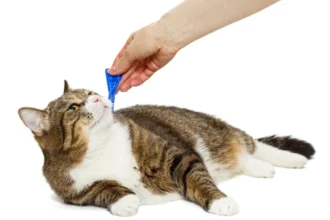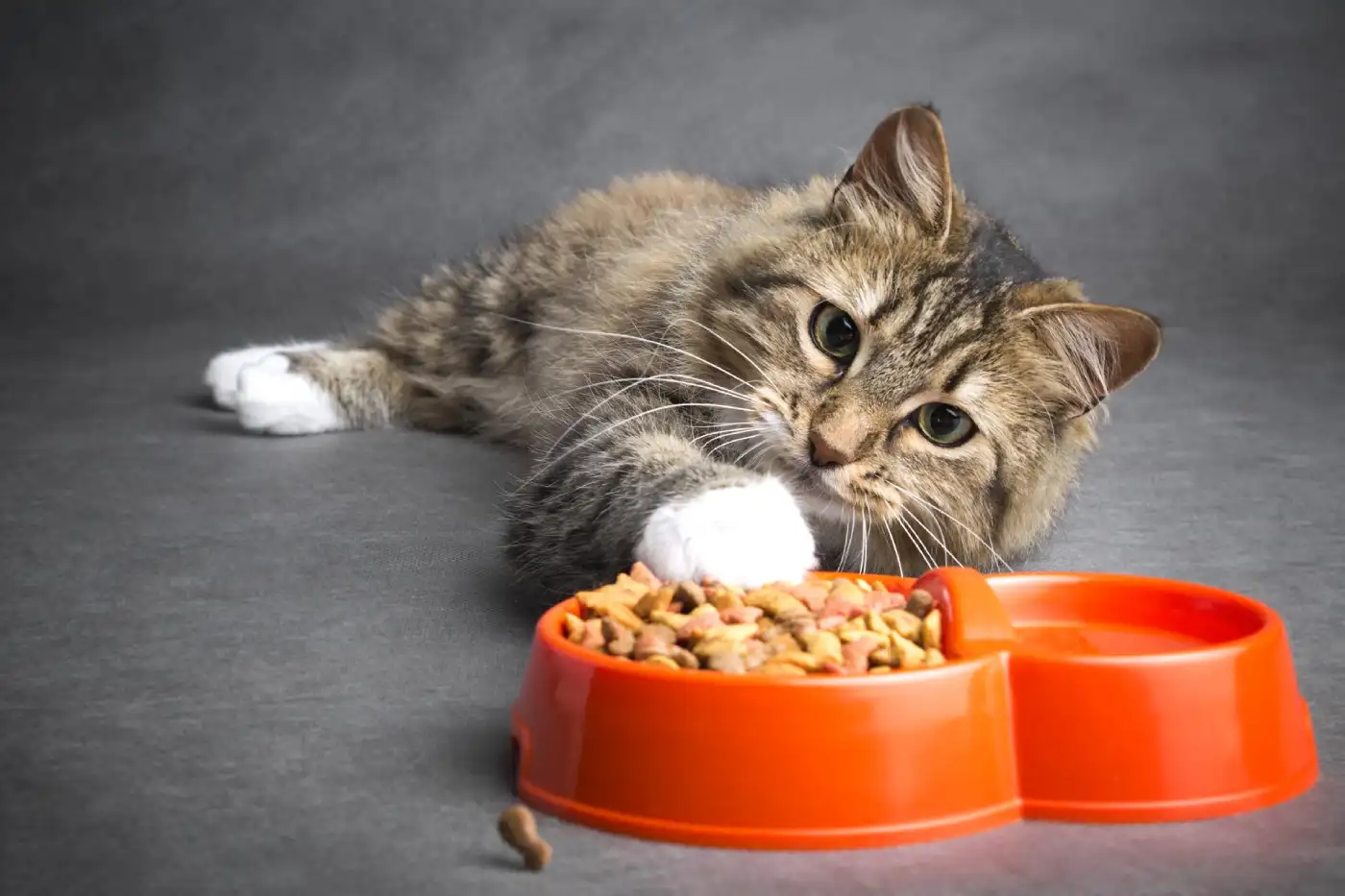Understanding cat behavior can help you build a stronger bond with your feline friend, prevent unwanted behaviors, and ensure their wellbeing. In this post, we’ll explore the most common cat behaviors, what they mean, and how to manage them. So, grab a cup of tea and let’s dive in!
Understanding cat meows
Cats are known for communicating using a variety of vocalizations, including meows. Here are some tips for understanding what your cat’s meows may be trying to tell you:
- Pay attention to the context: The meaning of a meow can vary depending on the situation. For example, a short, sharp meow may indicate annoyance or frustration, while a longer, more drawn-out meow may be a greeting or request for attention.
- Note the tone and pitch: The tone and pitch of a meow can also provide clues about your cat’s mood. A low, deep meow may indicate dissatisfaction or discomfort, while a high-pitched, chirpy meow may be a sign of excitement or playfulness.
- Consider body language: In addition to vocalizations, cats also communicate through body language. Pay attention to your cat’s posture, facial expressions, and tail movements to better understand their mood and intentions.
- Learn your cat’s specific meows: Just like people have unique voices, cats also have individualized meows that they may use to convey specific messages. Spend time observing your cat and listening to their vocalizations to learn what their different meows may mean.
- Respond appropriately: Once you have a better understanding of your cat’s meows, respond appropriately to their requests or needs. For example, if your cat meows insistently at the door, they may be indicating a desire to go outside. If they meow plaintively whilelooking up at their food bowl, it may be time for mealtime.
Remember, every cat is unique and may communicate differently. By paying attention to your cat’s vocalizations and body language, you can deepen your understanding of your feline friend and strengthen your bond.
Understanding cat body
Cats are known for their expressive body language, which can reveal a lot about their mood, intentions, and overall well-being. Here are some common cat body language cues and what they may indicate:
- Tail position: A cat’s tail position can convey a lot of information. A tail held high indicates confidence and contentment, while a tail tucked down between the legs may indicate fear or anxiety. A twitching tail may indicate excitement or agitation, while a fluffy tail is a sign of fear or aggression.
- Ear position: A cat’s ear position can also be a clue to their mood. Ears that are standing upright or facing forward indicate a relaxed or curious cat, while ears that are flattened against the head may indicate fear or aggression.
- Purring: Cats often purr when they’re happy or content, but they may also purr when they’re in pain or feeling anxious. Pay attention to other body language cues to determine the context of your cat’s purring.
- Posture: A cat’s posture can reveal a lot about their mood and intentions. A cat that is crouched low to the ground with their ears flattened may be preparing to pounce on prey, while a cat that is standing tall and relaxed is likely feeling confident and at ease.
- Eye contact: Cats use eye contact to communicate as well. Direct, steady eye contact may be a sign of aggression or dominance, while a slow blink may indicate relaxation and trust.
- Vocalizations: Cats use a variety of vocalizations to communicate, including meows, hisses, and growls. Pay attention to the tone and pitch of your cat’s vocalizations, as well as their body language, to determine what they may be trying to communicate.
- Grooming: Cats are fastidious groomers and may spend a lot of time licking themselves when they’re feeling relaxed and content. However, over-grooming or obsessive grooming may be a sign of stress or anxiety.
- Kneading: Cats often knead with their paws when they’re feeling happy and content. This behavior is thought to be a remnant of kittenhood, when they kneaded their mother’s belly to stimulate milk production.
Remember, every cat is unique and may have their own individual body language cues. By paying attention to your cat’s body language and behavior, you can deepen your understanding of their needs and preferences, and strengthen your bond with them.
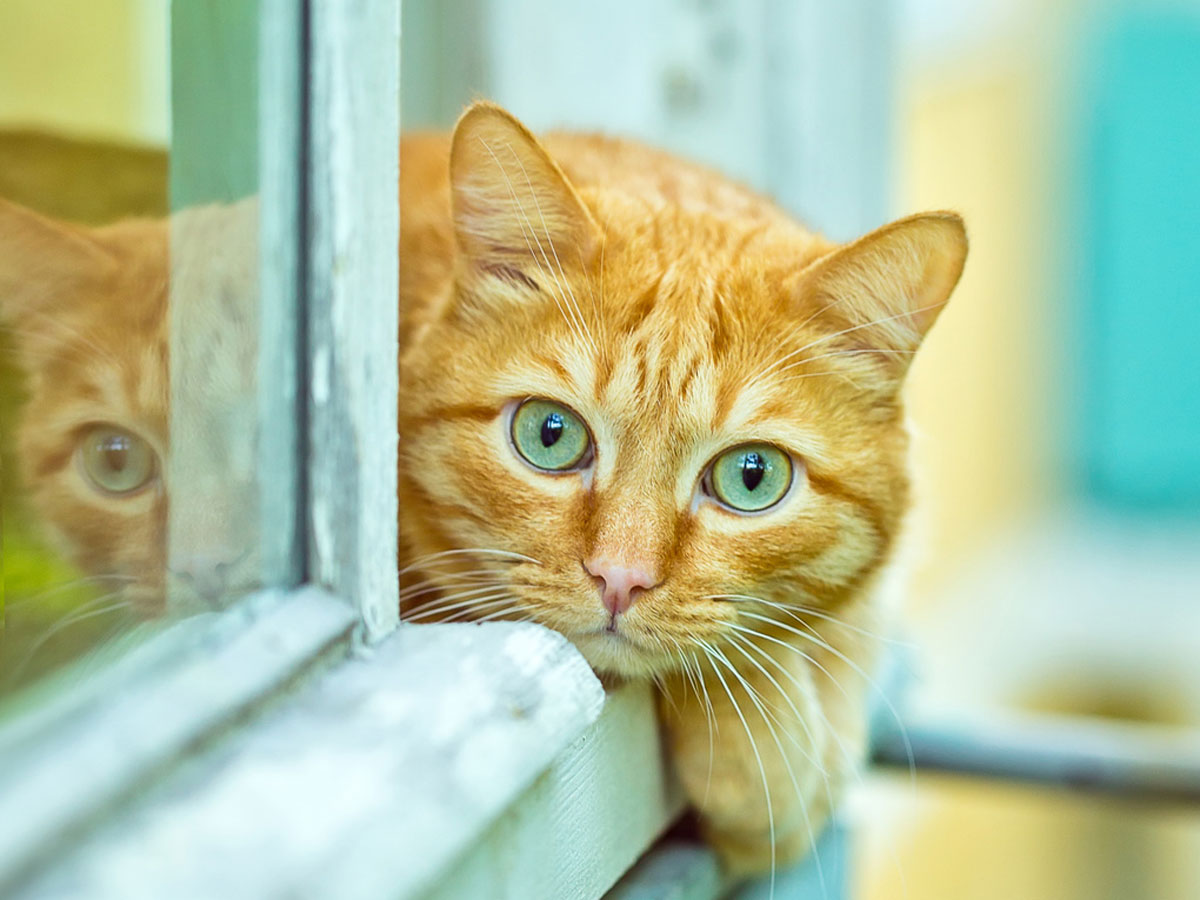
Also discover: Black Maine Coon
Cat behaviors to worry about
While cats are generally independent and self-sufficient pets, there are some behaviors that may be cause for concern. Here are some cat behaviors that may warrant a closer look:
- Changes in appetite: If your cat suddenly stops eating or starts eating significantly less than usual, it may be a sign of an underlying health issue. Conversely, if your cat is constantly hungry and seems to be losing weight, it may be a sign of a metabolic disorder or other health problem.
- Litter box issues: Changes in litter box habits, such as avoiding the litter box altogether or urinating outside of the box, may be a sign of a urinary tract infection, bladder stones, or other health issue. It may also indicate that your cat is stressed or unhappy with their litter box setup.
- Excessive grooming: While cats are known for their grooming habits, over-grooming or obsessive grooming may be a sign of stress or anxiety. It may also lead to hair loss, skin irritation, and other health problems.
- Aggression: While cats may occasionally display aggressive behavior, such as hissing or swatting, frequent or intense aggression may be a sign of a behavioral issue or underlying health problem.
- Excessive vocalization: While meowing is a normal form of communication for cats, excessive or persistent meowing may be a sign of stress, anxiety, or a medical issue such as hyperthyroidism.
- Hiding or avoiding interaction: If your cat suddenly becomesreclusive and avoids interaction with family members or other pets, it may be a sign of stress, anxiety, or illness. It may also indicate that your cat is feeling threatened by a new environment or change in routine.
- Destructive behavior: If your cat starts scratching furniture, digging in plants, or chewing on inappropriate objects, it may be a sign of boredom, stress, or a lack of stimulation. It may also indicate that your cat is feeling anxious or frustrated.
- Excessive sleeping: While cats are known for their napping habits, excessive sleeping may be a sign of an underlying medical issue, such as anemia or hypothyroidism.
- Changes in activity level: If your cat suddenly becomes lethargic or less active than usual, it may be a sign of an underlying health issue. Conversely, if your cat becomes overly hyperactive or restless, it may be a sign of anxiety or a behavioral issue.
If you notice any of these behaviors in your cat, it’s important to consult with your veterinarian to rule out any underlying health problems. Your veterinarian can also provide advice on how to address any behavioral issues and improve your cat’s overall well-being.
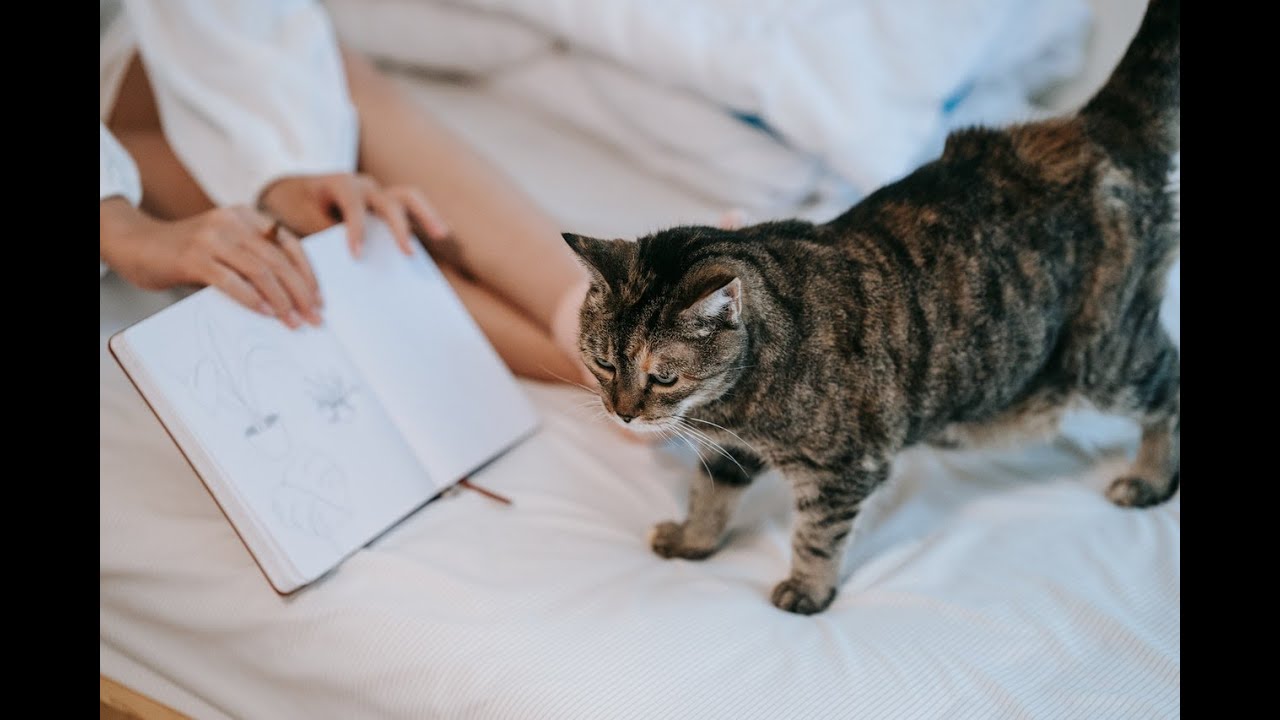
Cat playful behavior
here are some examples of playful cat behaviors:
- Chasing and pouncing on toys or objects
- Playful stalking or hunting behavior
- Play-fighting with other cats or humans
- Climbing and exploring new heights
- Batting or swatting at objects or toys
- Running and darting around the house or yard
- Engaging in interactive play with humans, such as playing fetch or hide-and-seek
- Wrestling or play-fighting with objects or toys
- Engaging in playful vocalizations, such as chirping or trilling
- Engaging in social play with other cats or animals.
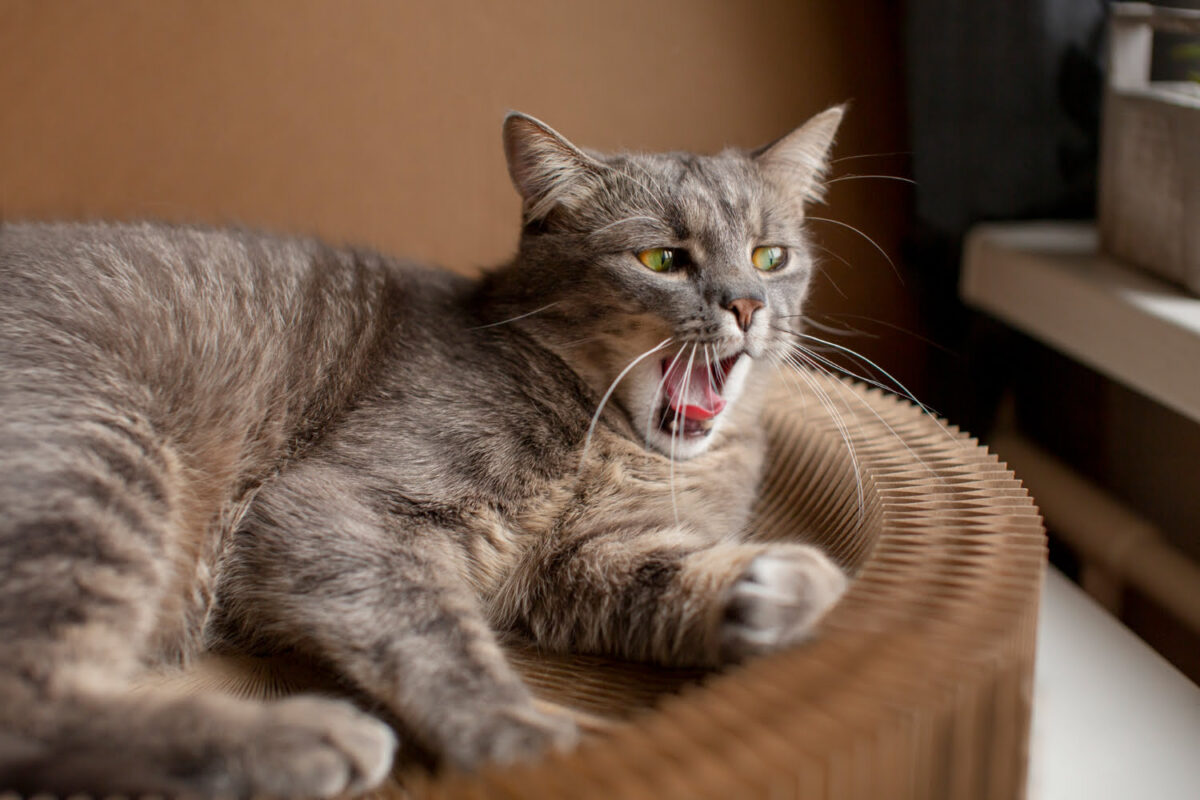
Cat tail cues
here are some examples of cat tail cues:
- A tail held high indicates confidence and contentment.
- A tail tucked down between the legs may indicate fear or anxiety.
- A twitching tail may indicate excitement or agitation.
- A fluffy tail is a sign of fear or aggression.
- A slowly swishing tail may indicate that the cat is focused or interested in something.
- A tail held straight up with a slight curve at the tip indicates a friendly greeting.
- A tail that is puffed up may indicate that the cat is feeling threatened or intimidated.
- A tail that is bristled or held stiffly may indicate aggression or fear.
- A tail that is wrapped around the cat’s body may indicate that the cat is feeling nervous or defensive.
- A tail that is wagging rapidly from side to side may indicate that the cat is feeling agitated or angry.
Cat language explained
here are some examples of cat language cues:
- Vocalizations, such as meows, purrs, hisses, and growls.
- Body language, including tail position, ear position, posture, and eye contact.
- Facial expressions, including blinking, squinting, and staring.
- Grooming behavior, such as licking or nibbling on fur.
- Pheromones, which cats use to communicate through scent marking.
- Touch, such as rubbing against objects or people.
- Play behavior, including chasing, batting, and wrestling.
- Social behavior, such as grooming other cats or sharing food.
- Vocal intonation, which can convey different meanings depending on the tone and pitch of the meow or purr.
- Context, including the situation and environment, which can affect the meaning of a cat’s behavior or vocalization.
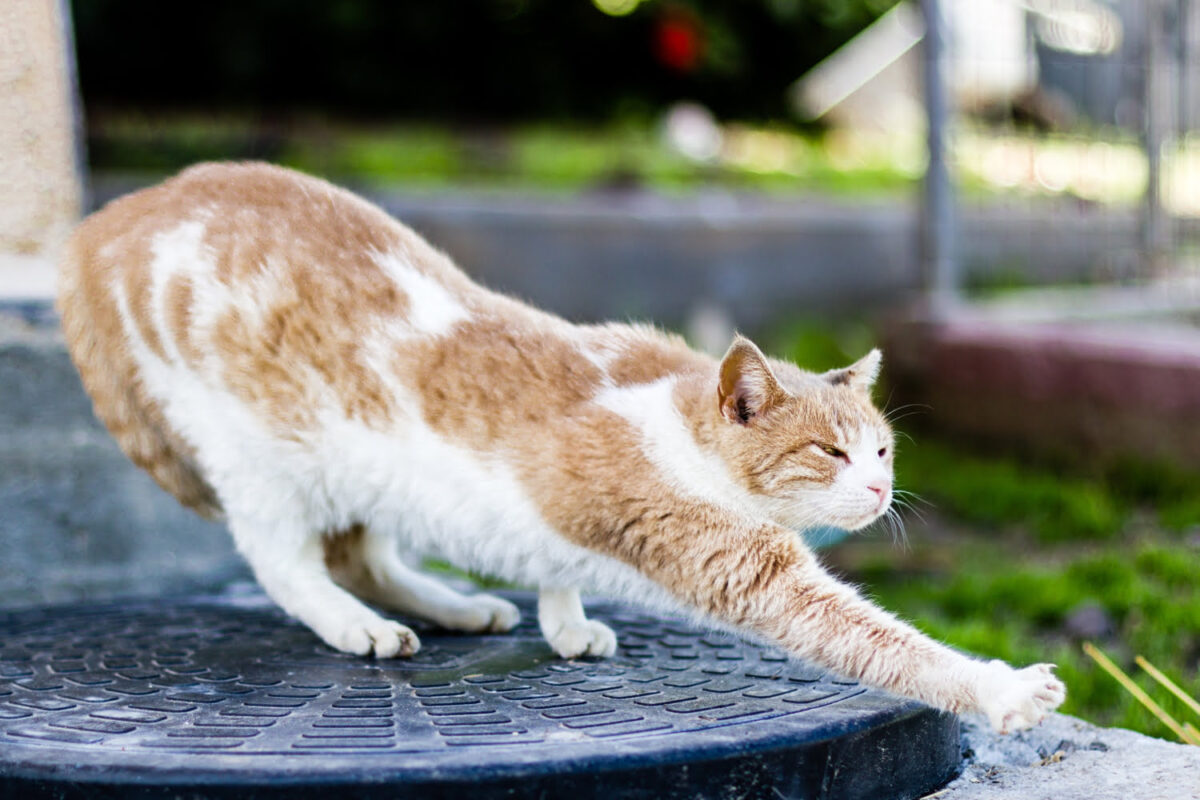
Conclusion
Understanding Cat Behavior is crucial for cat owner to ensure the health, happiness, and well-being of their feline friends.
By paying attention to vocalizations, body language, and other cues, cat owners can deepen their bond with their cats and address any behavioral issues that may arise. It’s important to consult with a veterinarian if you notice any concerning changes in your cat’s behavior, as this may indicate an underlying medical issue or behavioral problem. With proper care, attention, and understanding, cats can thrive and bring joy to their human companions.






